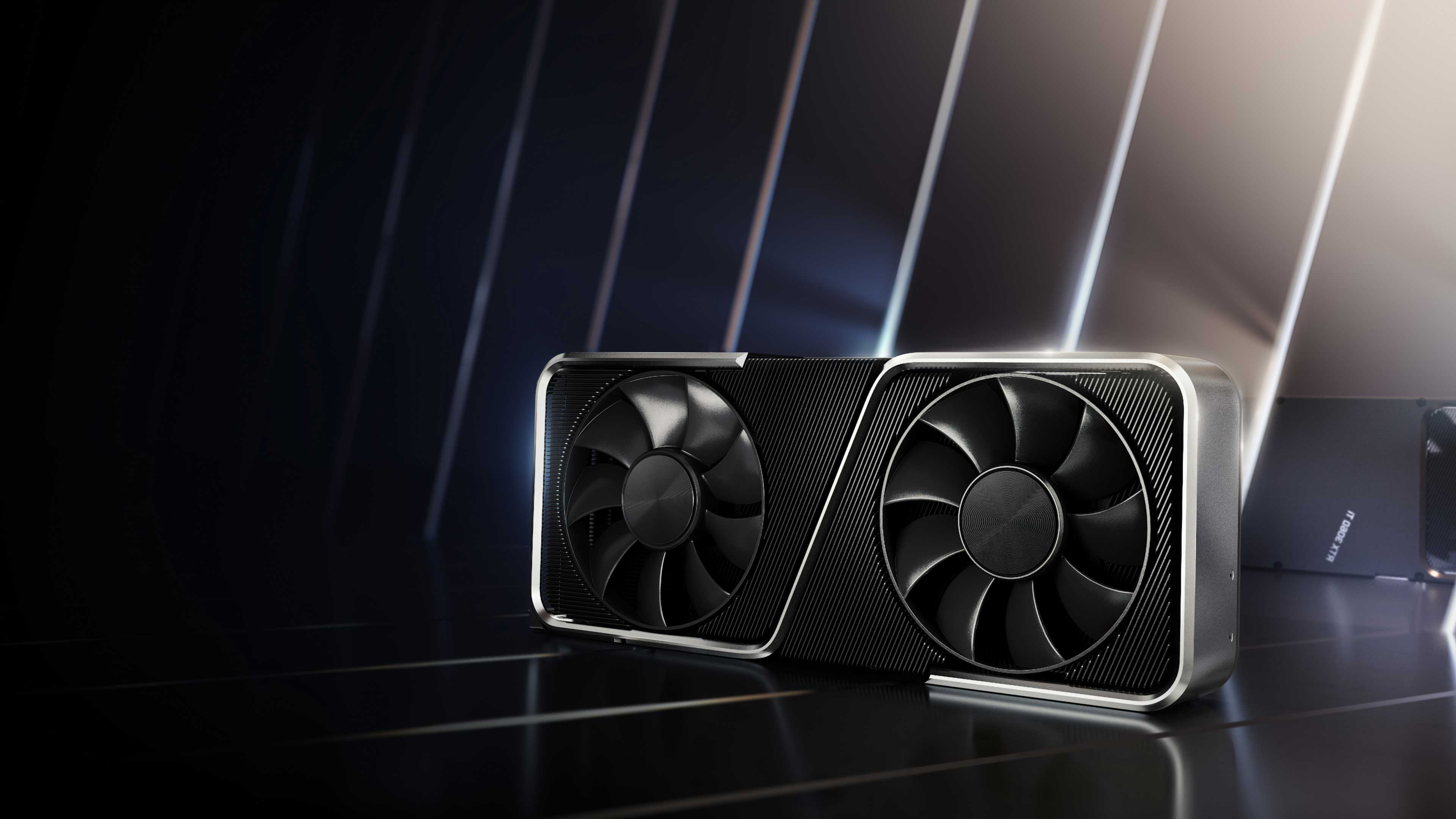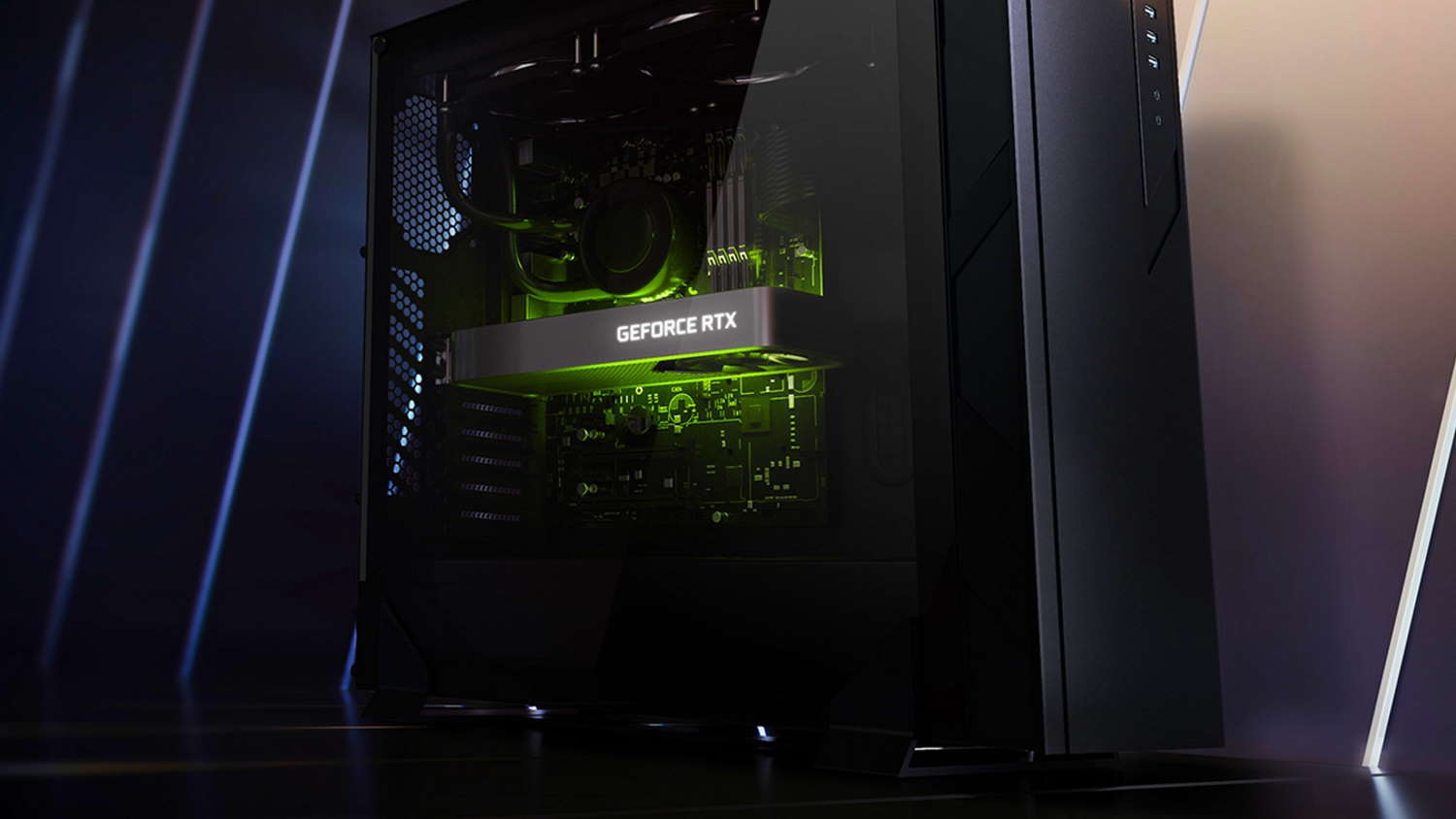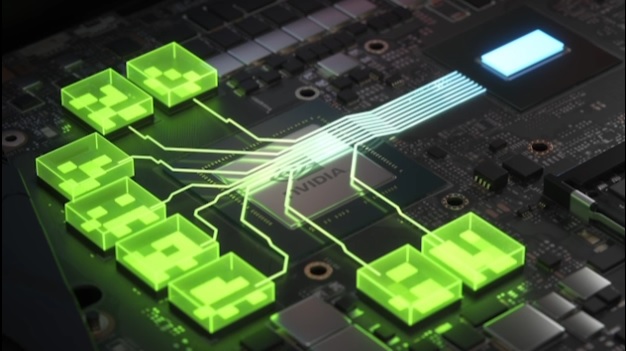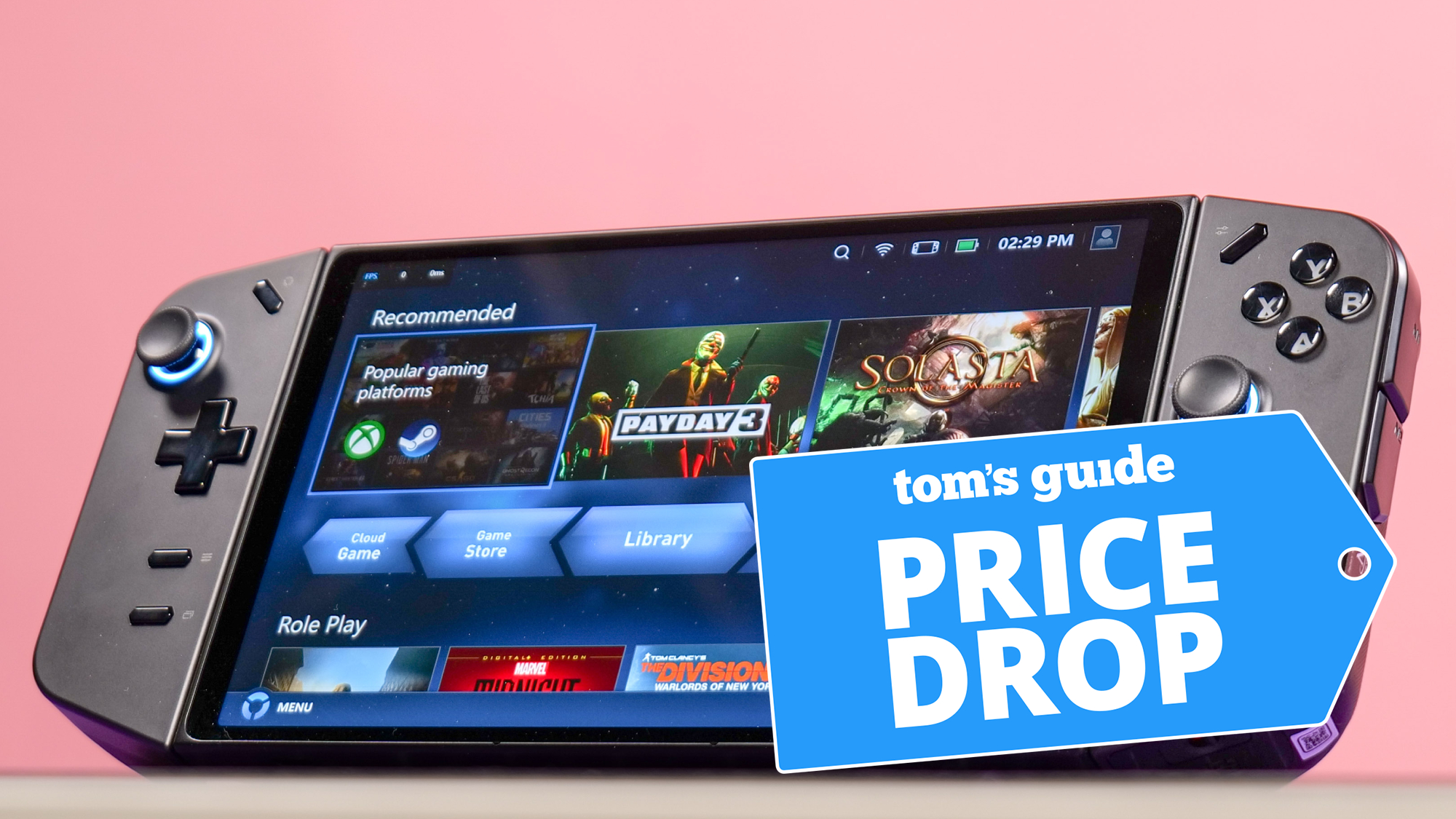Nvidia GeForce RTX 3060 now supports even faster frame rates
The Nvidia GeForce RTX 30-series can now boost frame rates even further

The Nvidia GeForce RTX 3060 can now boost frame rates on certain games by up to 10%, and the rest of the 30-series GPUs will soon follow. Considering that the RTX 3060 is a powerful card to begin with, that could theoretically result in some seriously fluid frame rates, and it won’t cost your PC any additional processing power.
There are some caveats, though, as you’ll need the right hardware — and if you have an RTX 3060 Ti, RTX 3070, RTX 3080 or RTX 3090 GPU, you’ll need to wait another month or so for this feature to roll out.
- Where to buy Nvidia GeForce RTX 3060 — latest stock updates
- Play the best PC games
- Plus: Nvidia RTX 3080 stock disaster — here’s why there’s finally hope
Information comes from the official Nvidia website, which details the technology in a story entitled “GeForce RTX 30 Series Performance to Accelerate with Resizable BAR Support.” As you can imagine, information is a little on the technical side, but the bottom line is clear enough. A new technology, known as Resizable BAR (Base Address Register), allows RTX 30-series GPUs to boost the frame rates of selected games by transferring in-game assets more efficiently.

Nvidia GeForce RTX 30-series compatibility
First, the practical information: To utilize resizable BAR technology, you’ll need an Nvidia GeForce RTX 30-series card, as well as a compatible CPU and motherboard. At present, only the RTX 3060 has resizable BAR technology available, but other 30-series cards will follow suit in “late March.” Just use the GeForce Experience program to update your drivers.
To detail every compatible CPU would take too much time, but there’s a comprehensive chart on Nvidia’s website. In a nutshell, compatible CPUs AMD include the Ryzen 3 5xxx, Ryzen 5xxx, Ryzen 7xxx and Ryzen 9xxx series, all from the AMD 400 and 500 series chipsets.
Compatible Intel CPUs include the i9-10xxx, i7-10xxx, i5-10xxx and i3-xxx series from Intel 10th Gen, and the i9-11xxx, i7-11xxx and i5-11xxx series from Intel 11th Gen. Supported Intel 10th gen chipsets include Z490, H470, B460 and H410 models. All Intel 11th Gen chipsets should be compatible.
(If you’re in doubt about any of this, simply check your CPU specifications by clicking on This PC, then Properties. Windows will list your processor’s exact make and model.)
Sign up to get the BEST of Tom's Guide direct to your inbox.
Get instant access to breaking news, the hottest reviews, great deals and helpful tips.
Users will also need a motherboard that supports the technology. At present, this includes motherboards from Asus, ASRock, Colorful, EVGA, Gigabyte and MSI. If your motherboard supports a 30-series GPU, it will also support resizable BAR technology.
This feature will also be available on certain Nvidia GeForce RTX 30-series laptops, but support varies depending on the manufacturer. Nvidia recommends that laptop owners ask their manufacturers about compatibility directly.
Assuming you have all the proper hardware, and have updated your drivers, you can check whether resizable BAR is working properly in the Nvidia Control Panel. In the Display tab, there will be a Resizable BAR option listed under Details. If it says Yes, you’re good to go; if it says No, something has gone wrong.

Compatible games
One caveat for resizable BAR technology is that developers have to do a little legwork to take advantage of it. As such, only select games will receive a frame rate boost. As of now, there are eight compatible games: Assassin’s Creed Valhalla, Battlefield V, Borderlands 3, Forza Horizon 4, Gears 5, Metro Exodus, Red Dead Redemption 2 and Watch Dogs: Legion.
Nvidia promises support for additional games next month. After that, it’s up to individual developers to decide whether they want to devote resources to making the most of resizable BAR technology.

How resizable BAR works
Nvidia calls resizable BAR “an advanced feature of PCI Express,” and claims that it can enhance game performance, particularly by boosting frame rates.
“As you move through a world in a game, GPU memory (VRAM) constantly transfers textures, shaders and geometry via many small CPU to GPU transfers,” writes Andrew Burnes, a technical marketing content editor, in Nvidia’s post. “With the ever-growing size of modern game assets, this results in a lot of transfers. Using resizable BAR, assets can be instead requested as-needed … if multiple requests are made, transfers can occur concurrently.”
Essentially, then, resizable BAR is a more efficient method of transferring data between the CPU and GPU, particularly where game assets are involved. The “multiple requests” bit is also important, since modern games load a tremendous amount of assets all at once. Less queueing means faster rendering, which means (in this case) a faster frame rate.
Since the Tom’s Guide test rig has an RTX 3070 card, we can’t test resizable BAR firsthand yet. But stay tuned, and we’ll give some of these games a try to see how much the frame rate improves.
Marshall Honorof is a senior editor for Tom's Guide, overseeing the site's coverage of gaming hardware and software. He comes from a science writing background, having studied paleomammalogy, biological anthropology, and the history of science and technology. After hours, you can find him practicing taekwondo or doing deep dives on classic sci-fi.

